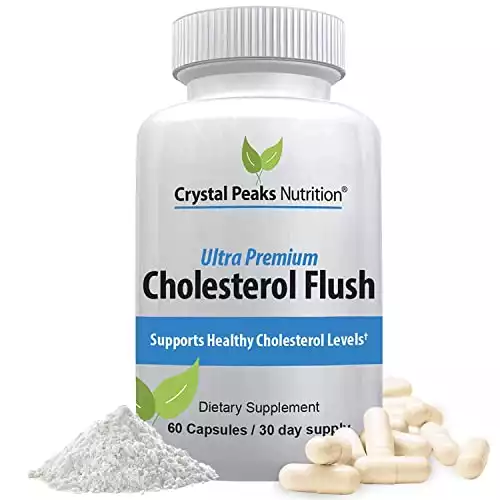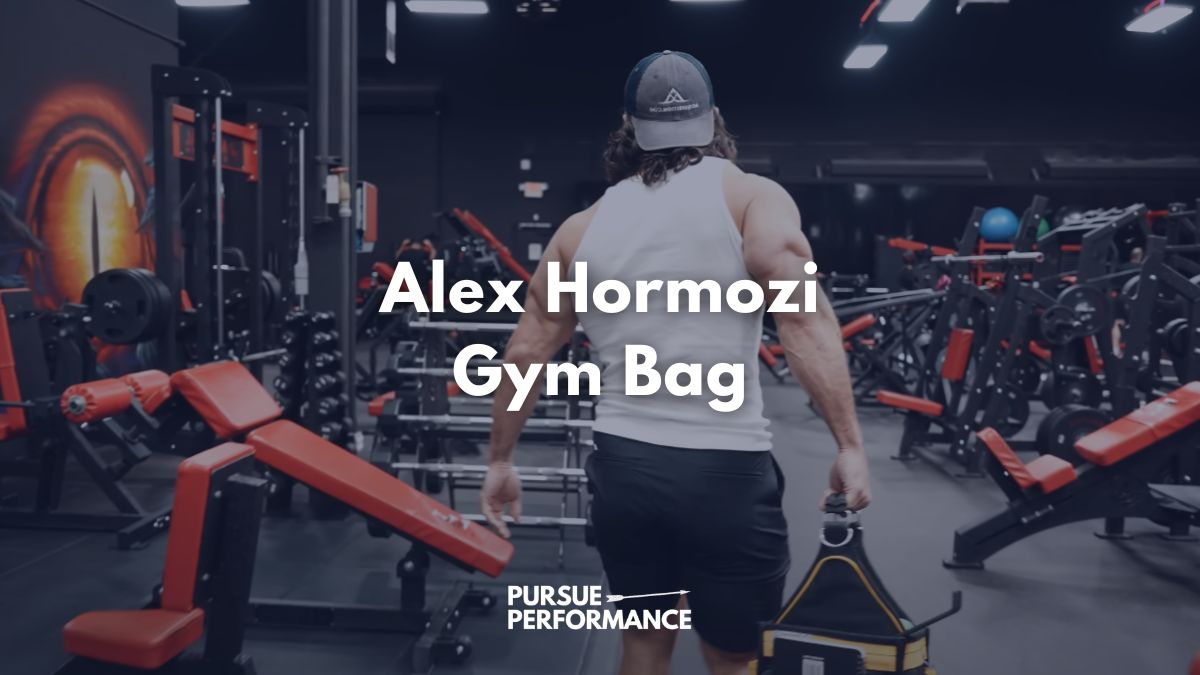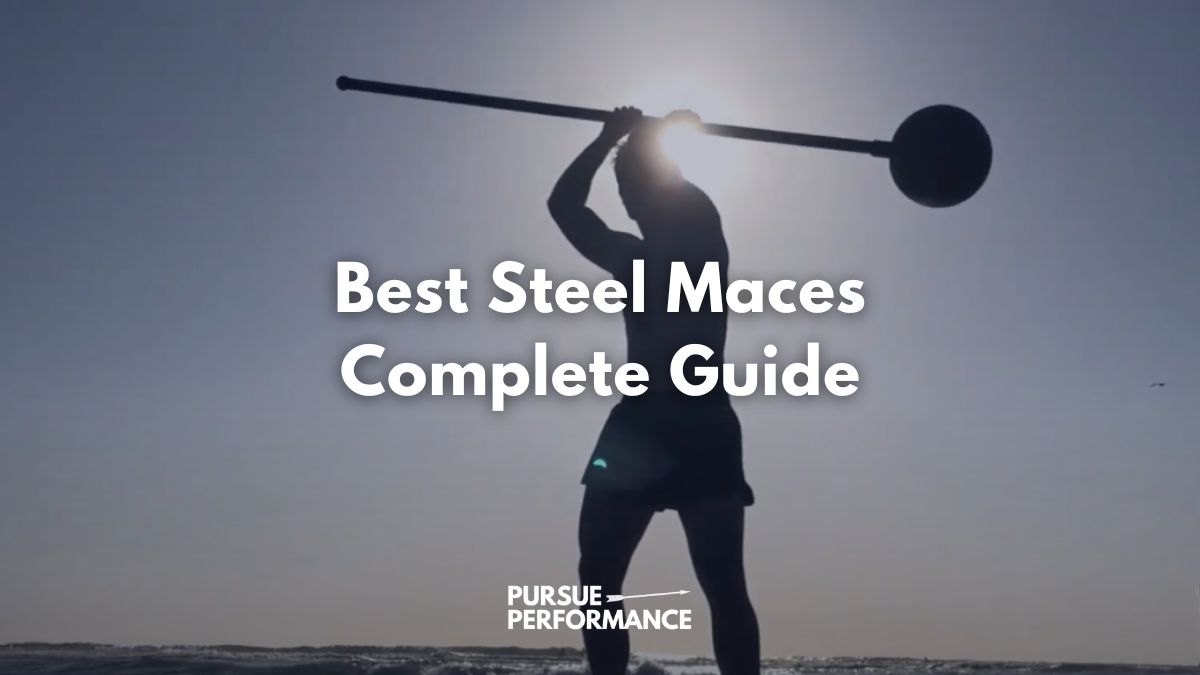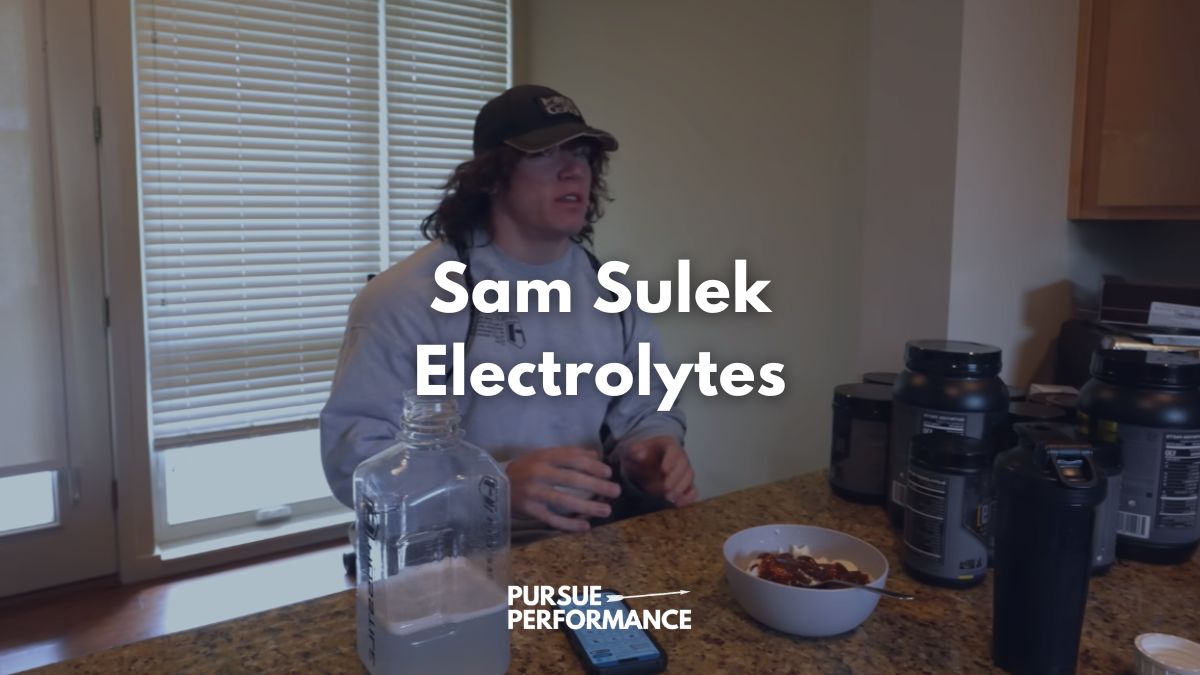Andrew Huberman, an acclaimed neuroscientist, and tenured Stanford professor, discussed the topic of cholesterol with Dr. Peter Attia, reviewing the latest science.
Cholesterol is one of the most widely discussed and debated health metrics.
However, much of the conventional wisdom is based on outdated science or misconceptions.
In this post, we will share Huberman’s key cholesterol insights into actionable takeaways to help you understand mistakes to avoid and a multi-pronged plan for optimizing this critical health metric.
Let’s dive in!
Top Pick
Cholesterol Support: CRYSTAL PEAKS NUTRITION
Huberman Cholesterol Overview
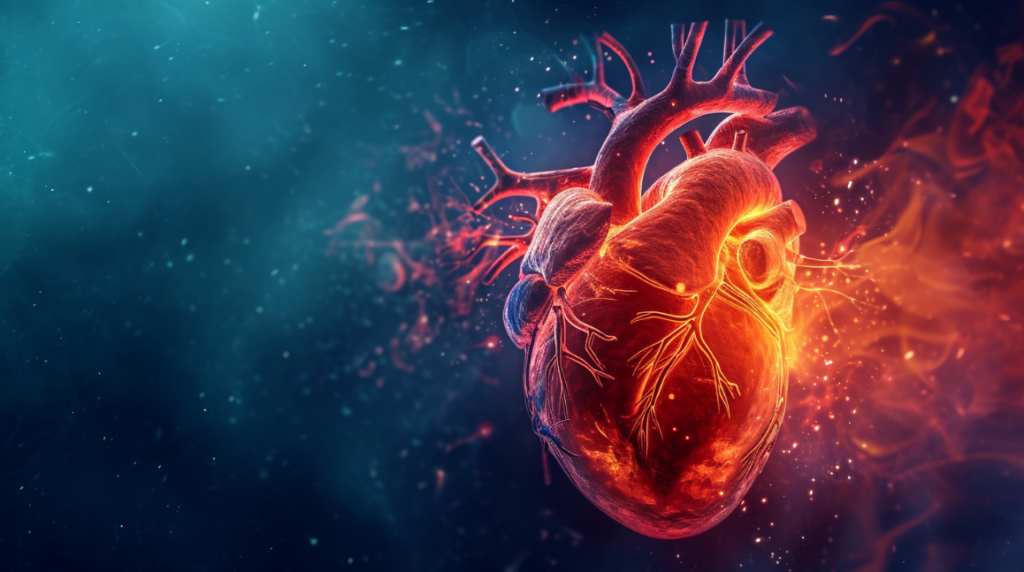
Cholesterol serves vital structural, hormonal, and digestive roles fundamental to sustaining health.
Given these critical functions, it makes sense that the body tightly regulates cholesterol production, absorption, and transport to ensure adequate amounts for tissue needs systemwide.
Cell Membrane Integrity
First, cholesterol provides crucial structure and flexibility to the membranes of cells throughout the body.
Cell membranes act as gatekeepers, controlling what can enter and exit the cell.
Cholesterol enables membranes to be selectively permeable, properly regulating the transport of ions, nutrients, and waste products into and out of cells.
Without adequate cholesterol, cells lose their ability to maintain internal homeostasis.
Hormone Production
Second, cholesterol serves as the precursor from which the body synthesizes several vital hormones, including testosterone, estrogen, cortisol, and vitamin D.
Testosterone and estrogen regulate sexual development and function, while cortisol manages metabolism and stress response.
Vitamin D supports bone health and immune function.
Without sufficient cholesterol, hormone synthesis suffers, and health deteriorates on multiple fronts.
Digestion and Absorption
Finally, cholesterol is a core structural component of the bile acids produced by the liver.
Bile acids are constantly released from the gallbladder into the small intestine to emulsify fats and enable digestion and absorption of not only fats but also the fat-soluble vitamins A, D, E, and K.
Without adequate bile acid production, fat absorption is impaired, and nutritional deficiencies can arise over time.
Huberman LDL Cholesterol vs. ApoB
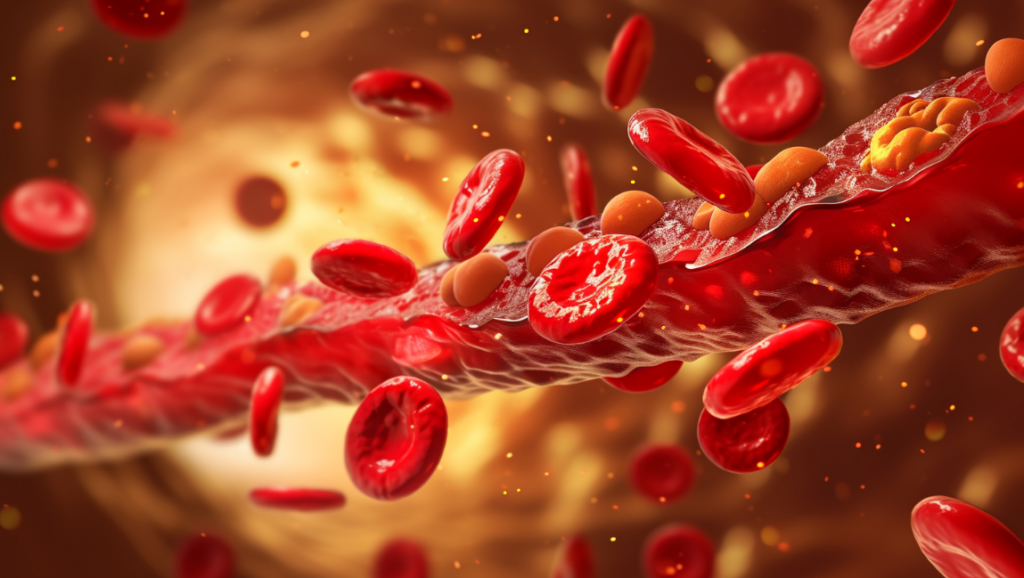
LDL cholesterol has long been branded as “bad” cholesterol.
However, Attia explains that LDL merely transports cholesterol in the bloodstream when cells need to share cholesterol with each other.
Rather than LDL cholesterol level alone, the total number of LDL particles, measured via the ApoB test, is most predictive of cardiovascular disease risk.
Related: Andrew Huberman InsideTracker Recommendations
Understanding ApoB
ApoB measures particles containing both LDL and VLDL cholesterol.
These particles drive the atherosclerotic plaque formation underlying heart disease.
The lower the ApoB particle number, the lower the risk.
LDL cholesterol level can be deceiving on its own because it focuses only on the cholesterol content of LDL particles.
But it’s the total LDL particle number that correlates with heart disease progression.
ApoB provides the most accurate measurement of this atherogenic particle burden.
Focusing on ApoB over LDL cholesterol level provides a much more accurate picture of true cardiovascular disease risk.
Peter Attia Cholesterol Recommendations
According to expert Dr. Peter Attia, optimal cholesterol levels require a multi-faceted approach.
Lowering ApoB
The top priority is lowering ApoB particle number as close as possible to childhood levels, which are around 20-30 mg/dL.
This aggressive ApoB reduction minimizes lifelong atherosclerosis risk.
Since atherosclerosis begins in childhood, maintaining youthfully low ApoB throughout life is key to avoiding cardiovascular events.
Diet and lifestyle alone are usually insufficient to achieve this – cholesterol-lowering medication is often essential, especially for adults over age 45.
Dietary Approaches
Dietary interventions to lower ApoB include reducing saturated fat intake, limiting carbohydrates to lower triglycerides, and finding an optimal individualized balance between the two.
The focus should be on real, whole food-based diet changes.
Medication Use
Medications like statins and PCSK9 inhibitors are often needed to get ApoB low enough, especially for middle-aged and older adults.
Used appropriately under medical guidance, side effects are generally minimal.
Over 80% of Dr. Attia’s patients over age 45 use cholesterol medications, highlighting the importance of an integrated approach, including medication for optimal ApoB levels after early adulthood.


